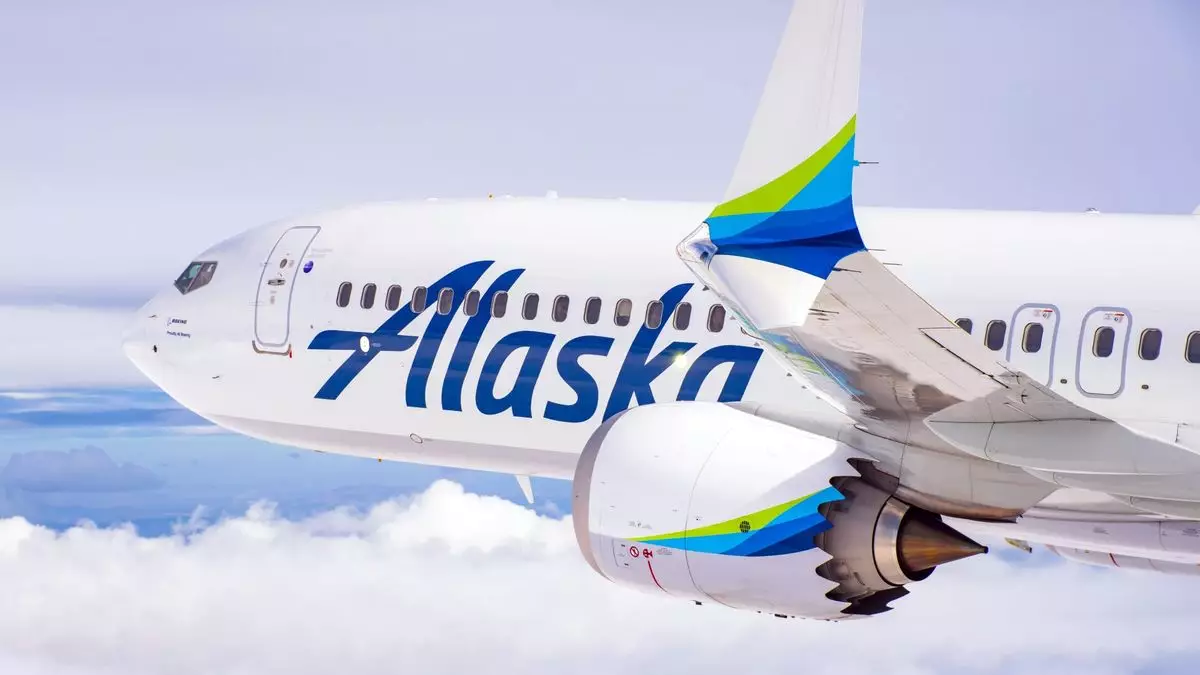The recent strike by Boeing machinists has cast a long shadow over the production of several aircraft models, notably the Boeing 737 Max. As negotiations unfold, the immediate repercussions are palpable, particularly for U.S.-based airlines that were anticipating new aircraft deliveries. As the major manufacturers and unions are locked in negotiations, the implications for the airline industry may become increasingly pronounced.
According to an analysis by Bloomberg Intelligence leveraging Cirium data, the ramifications of prolonged production halts could hit U.S. airlines hard. Alaska Airlines was positioned to receive 14 Max aircraft by year-end, leading the pack of U.S. carriers. American Airlines anticipated ten additional Max planes, while United Airlines expected nine. These figures indicate a reliance on new deliveries that could now be jeopardized. Overall, U.S. airlines were expecting a total of 39 Max deliveries in the last quarter of 2023, amounting to a significant share of the 146 global deliveries anticipated during that period.
However, the timing of these potential delays may provide some relief for the airlines. As air travel typically slows after the summer season, the industry might not feel the full brunt of these postponed deliveries immediately. Moreover, analysts suggest that around 36 global deliveries are still likely to proceed from Boeing’s existing inventory, albeit primarily favoring international clients such as Air India and various Chinese airlines.
The implications of the strike extend beyond just the 737 Max. Production halts affect wider Boeing operations, notably impacting the 777 and 767 models. For logistics giants like FedEx and military contracts, particularly those related to the U.S. Air Force’s tanker program, these interruptions could translate into significant operational disruptions. The delivery of these aircraft models is crucial for an industry already grappling with supply chain issues exacerbated by the pandemic.
The loss of some of Boeing’s output may shift focus onto their existing inventory; however, the longer the strike persists, the more pronounced its ripple effects will be felt across the aviation landscape. The needs of airlines for operational capacity and market competitiveness could incite a rush for alternatives, which may disrupt existing customer relationships in the long term.
As negotiations between union representatives and Boeing management resume, the industry watches closely. While a swift resolution could mitigate some of the adverse effects, the uncertainty itself is inherently damaging for U.S. airlines and their operational plans. Industry stakeholders must prepare for a potentially protracted negotiation process that could leave them in a precarious position ahead of the holiday travel season.
The Boeing strike raises critical questions about production stability and its overarching impacts on airline operations. The situation serves as a reminder of the intricate dependencies within the aviation industry, where the fate of one large player can ripple through an entire sector, overshadowing the brightly laid plans of airlines across the United States.


Leave a Reply